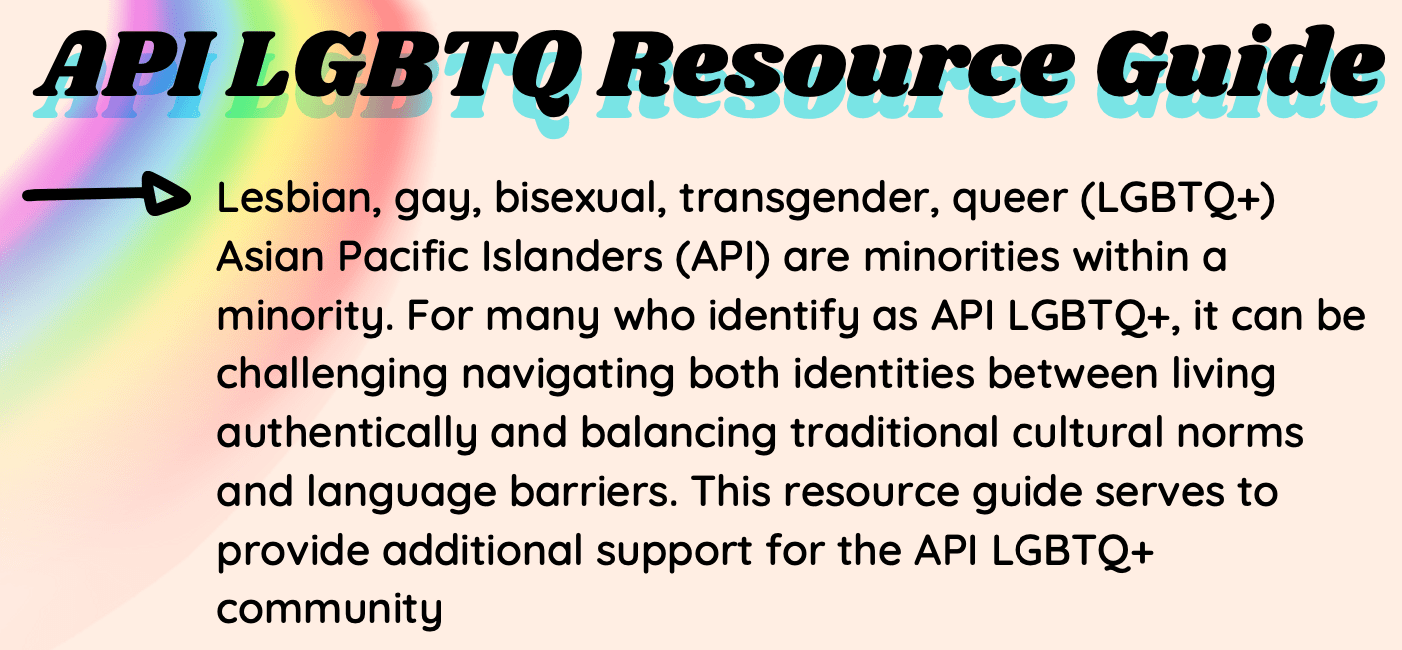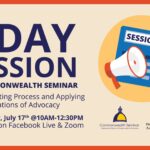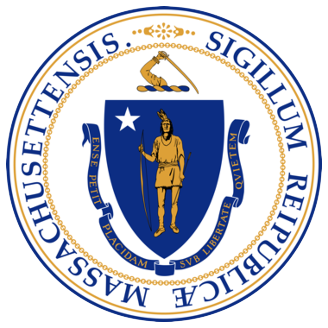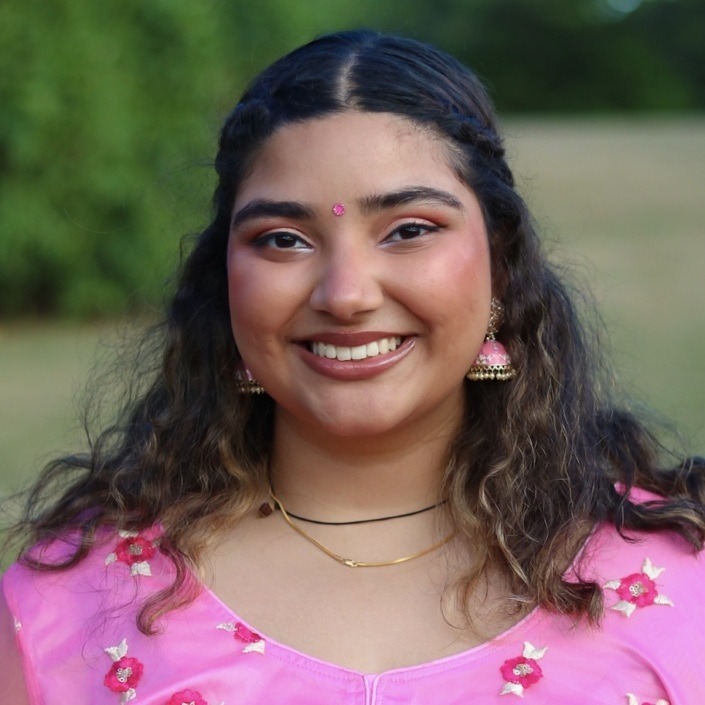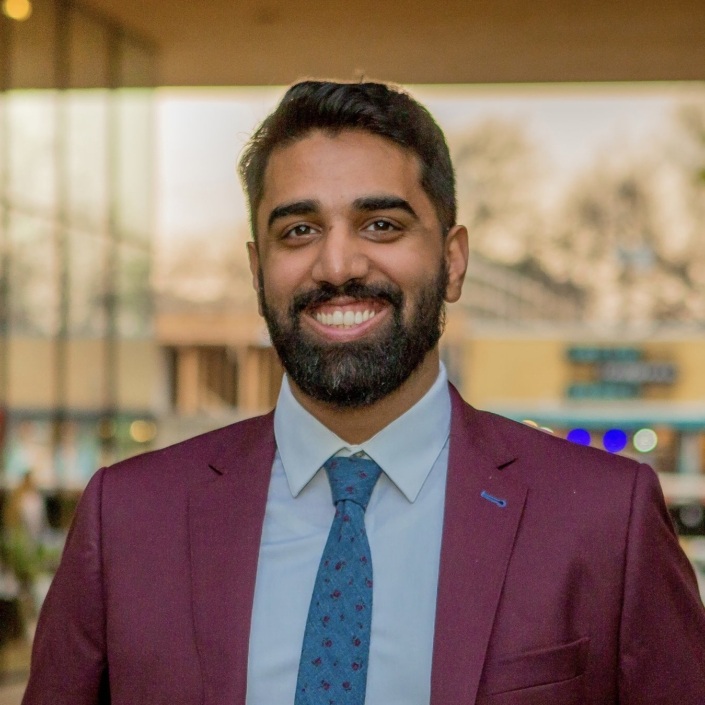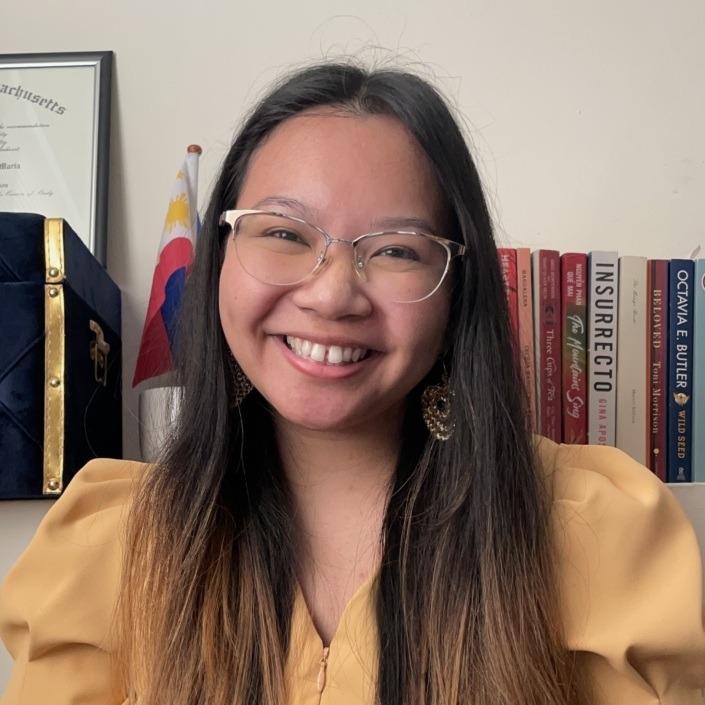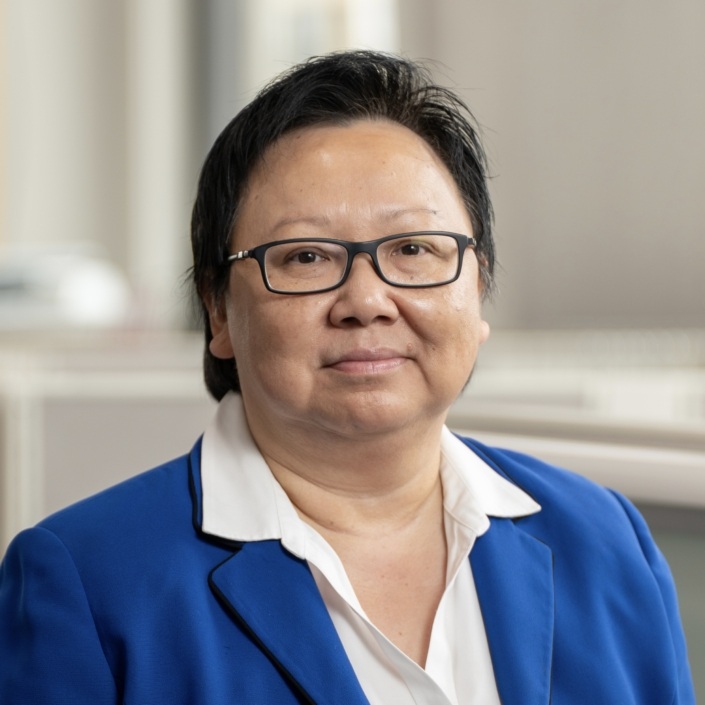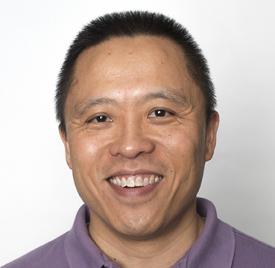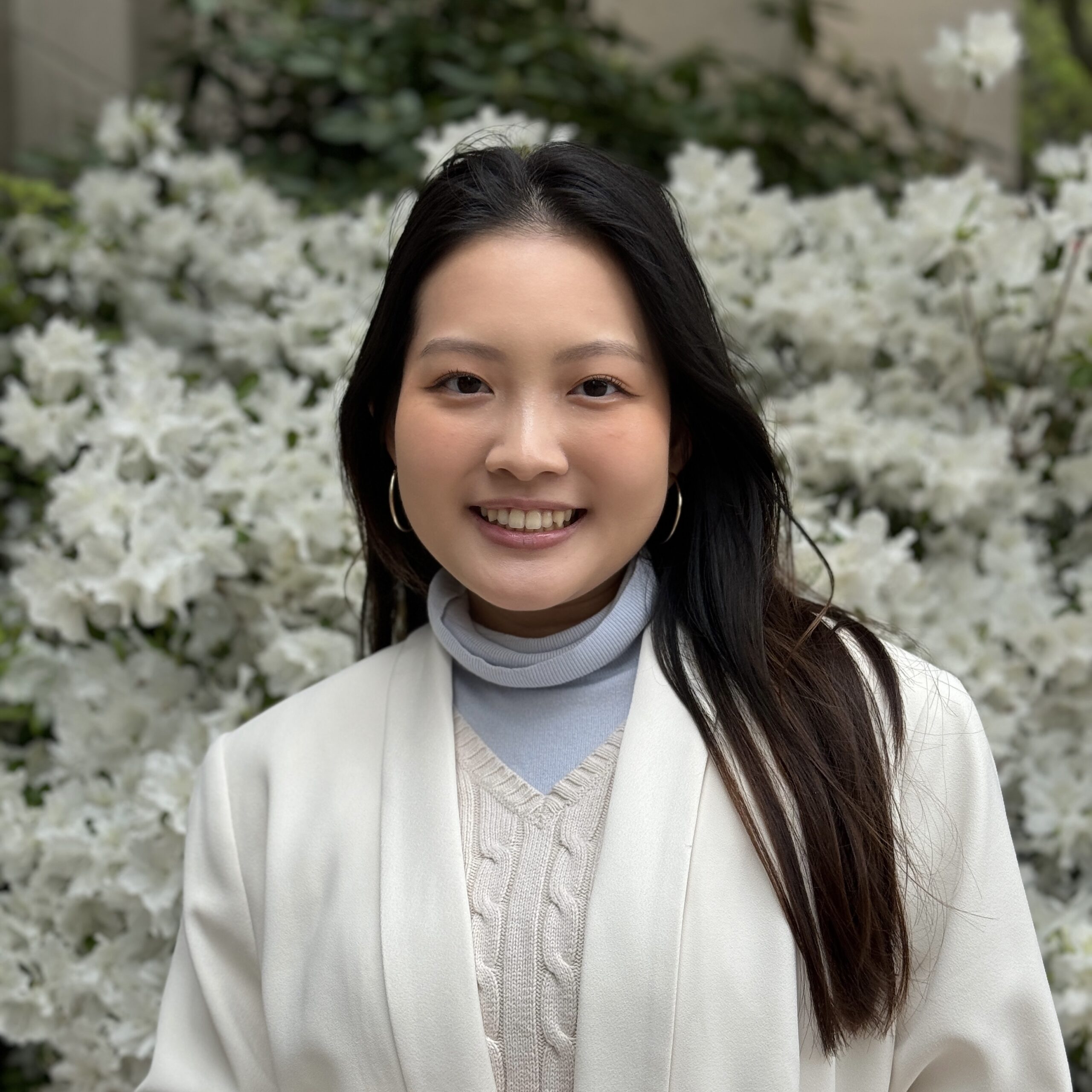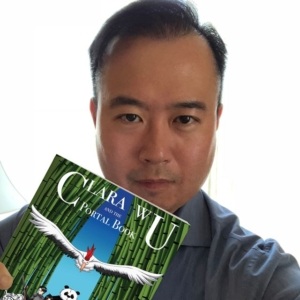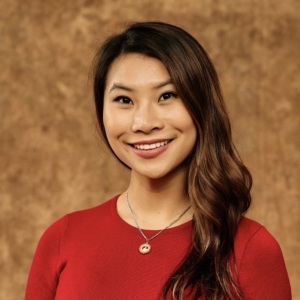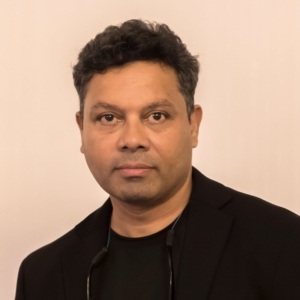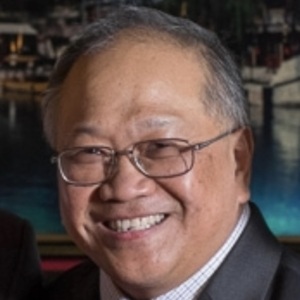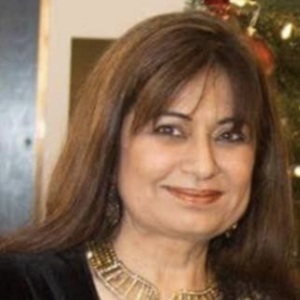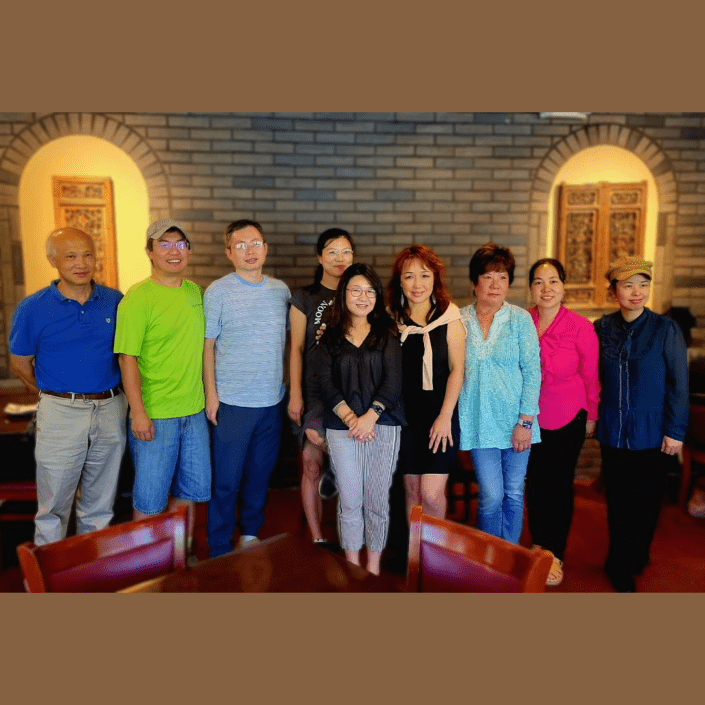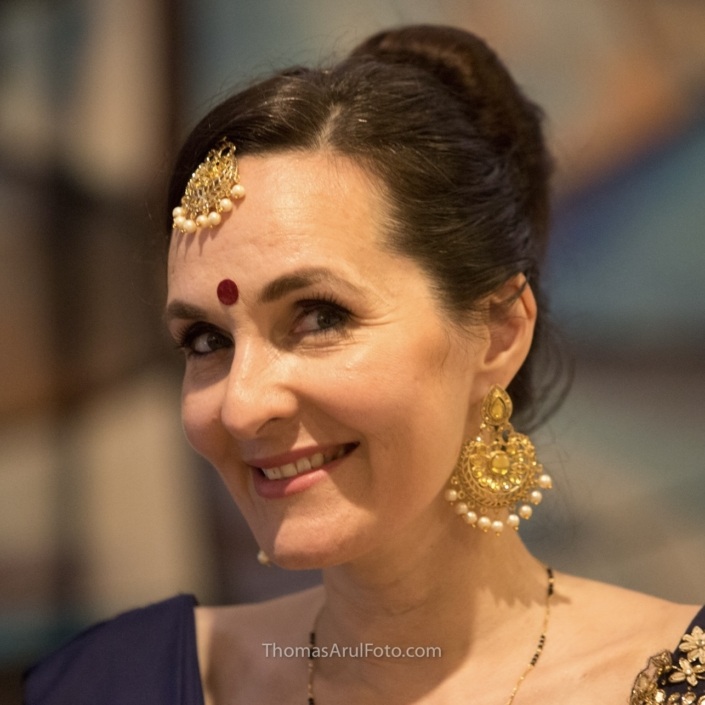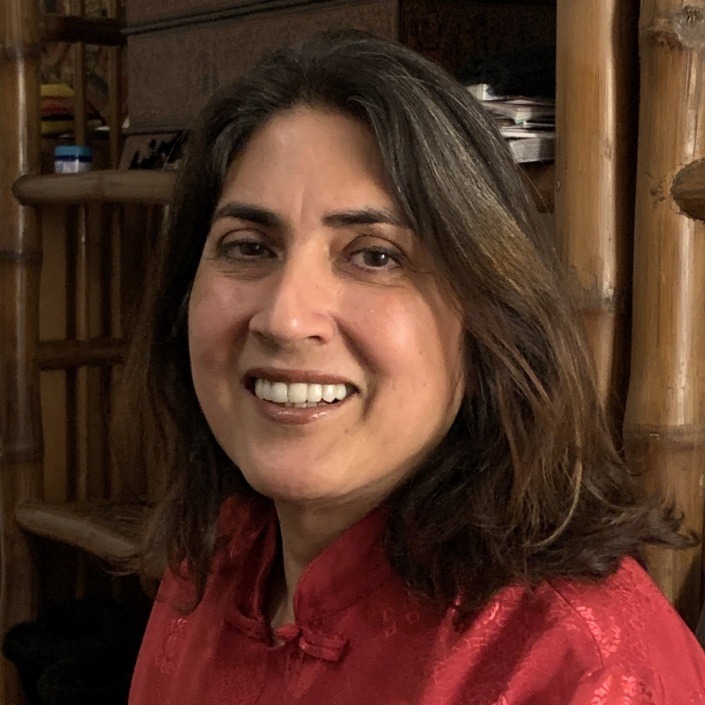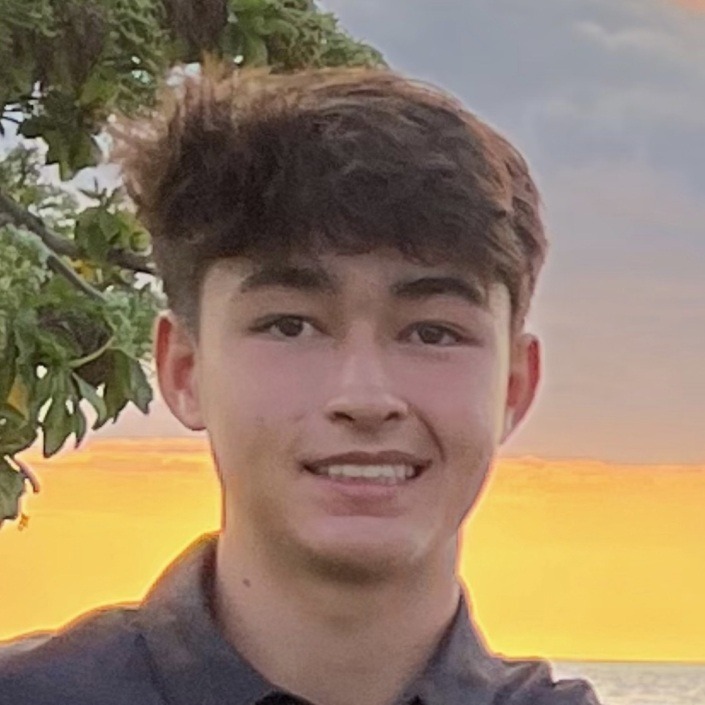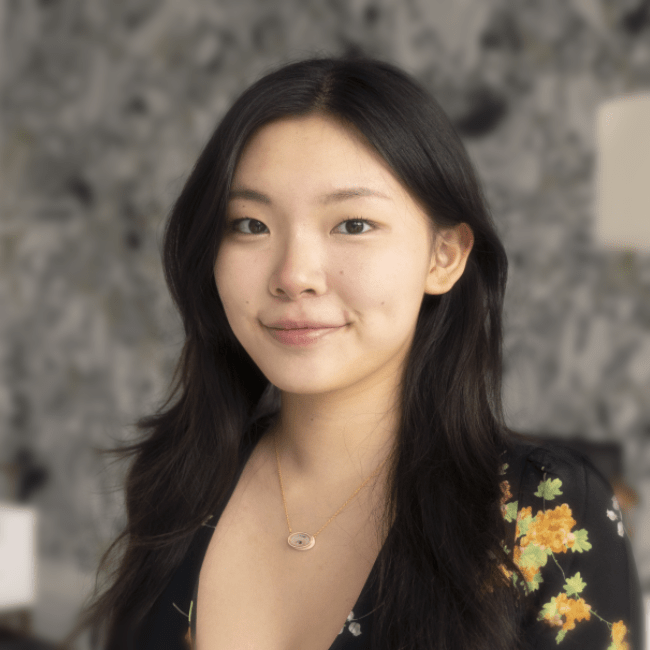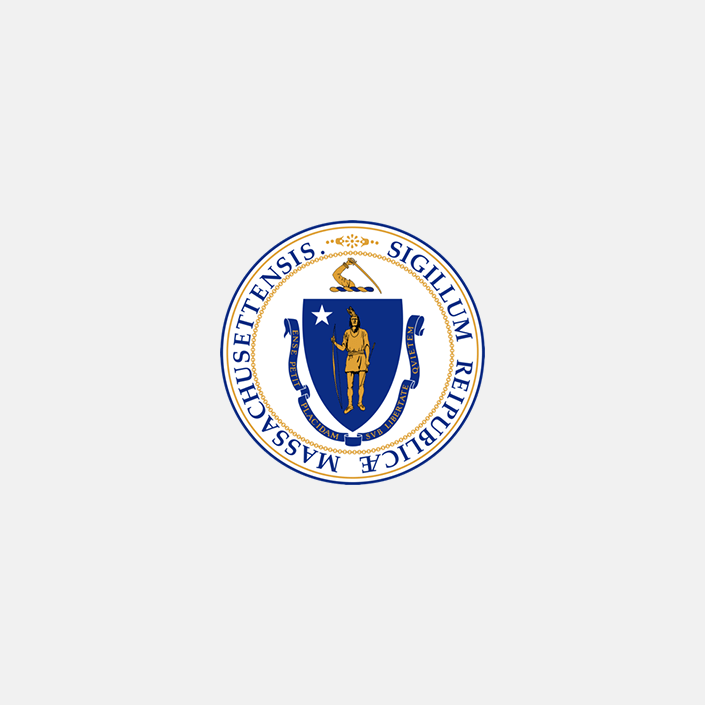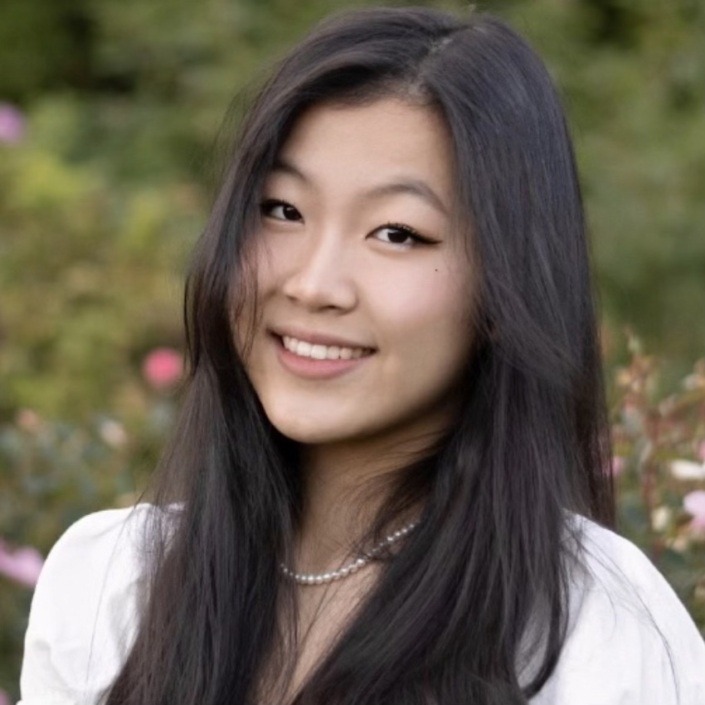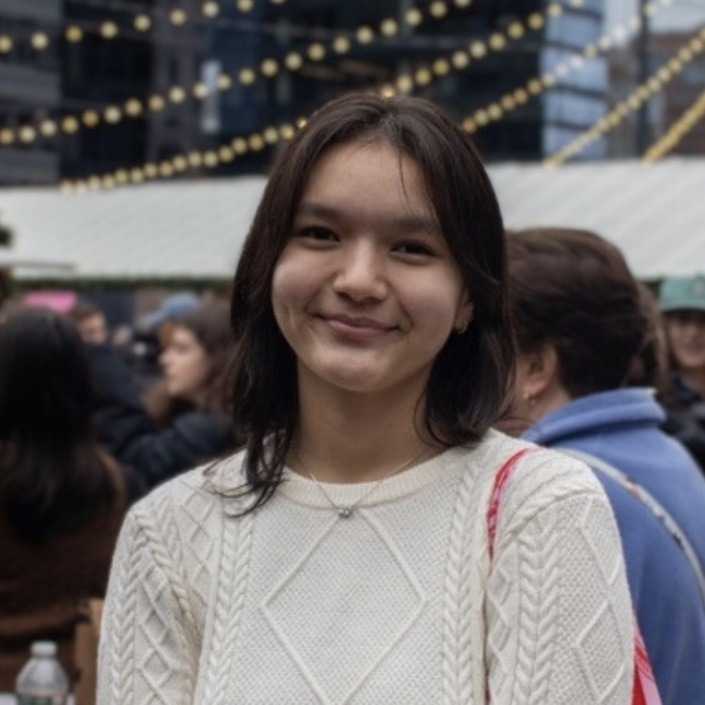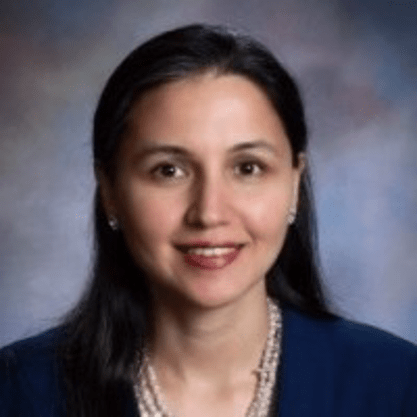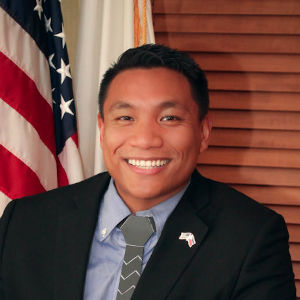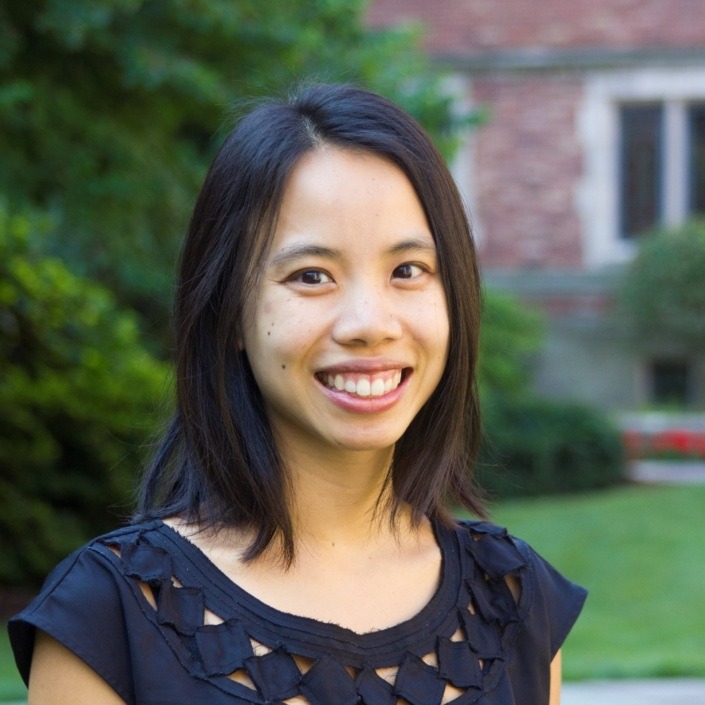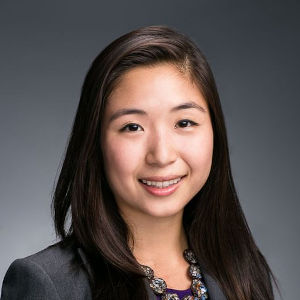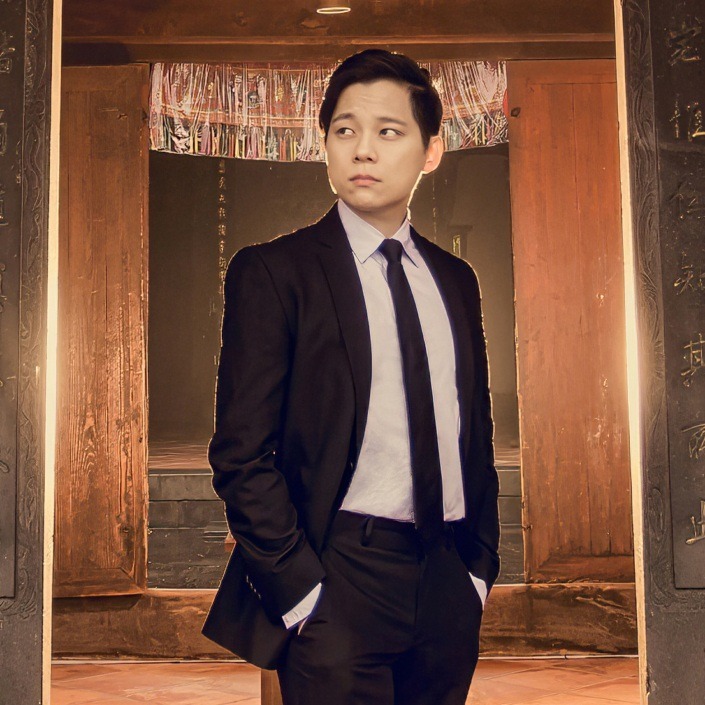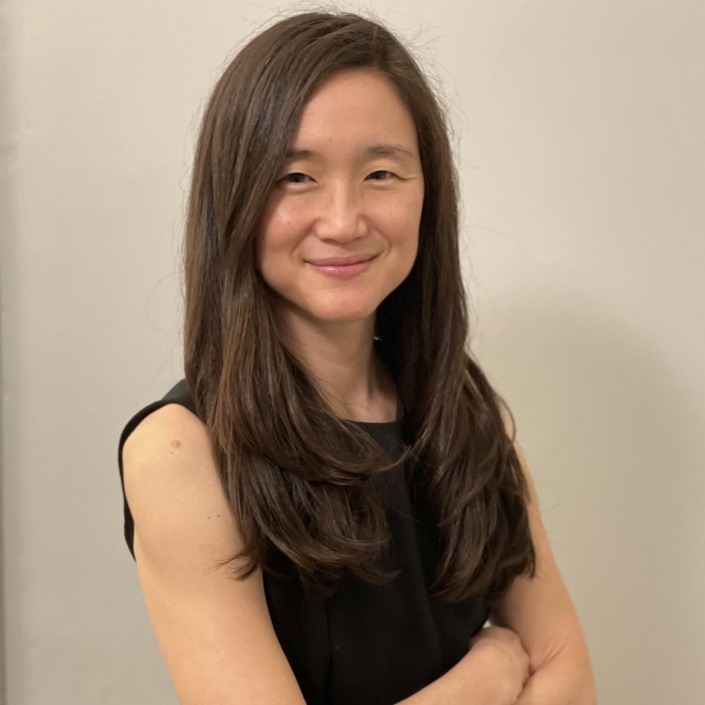Lesbian, gay, bisexual, transgender, queer (LGBTQ+) Asian American and Pacific Islanders (AAPI) are minorities within a minority. For many who identify as AAPI LGBTQ+, it can be challenging navigating both identities between living authentically and balancing traditional cultural norms and language barriers. This resource guide serves to provide additional support for the AAPI LGBTQ+ community.
Specific barriers for AAPI LGBTQ+:
- Language barriers: Many Asian languages lack the terms in which queer API can express in their native language on how they self-identify
- LGBTQ identity can be seen as “western” or rejection of culture
- Feeling caught between cultures: Seeking acceptance of LGBTQ identity outside of the community, facing loss of cultural connections, relationships, & identity
- Financial: Working class, may not have financial means to provide care such as access to healthcare for trans or mental health
- Immigration status: lack of legal status and/or protections (immigration, parenthood, partner rights)
- Macho Culture: “A man is a provider or head of household” now you’re being seen as not being able to step into that role
- Lack of positive representation of LGBTQ relationships and families
- Encountering racism, mistreatment, and misunderstanding in seeking mainstream LGBTQ-specific support
Terms to know:
LGBTQ: The acronym for “lesbian, gay, bisexual, transgender and queer.” Some people also use the Q to stand for “questioning,” meaning people who are figuring out their sexual orientation or gender identity
Queer: Originally used as a pejorative slur, queer has now become an umbrella term to describe the myriad ways people reject binary categories of gender and sexual orientation to express who they are.
Gay: A sexual orientation that describes a person who is emotionally or sexually attracted to people of their own gender; commonly used to describe men.
Lesbian: A woman who is emotionally or sexually attracted to other women.
Bisexual: A person who is emotionally or sexually attracted to more than one gender.
Pansexual: A person who can be attracted to all different kinds of people, regardless of their gender identity.
Asexual: A person who doesn’t fit traditional standards and expectations around sexual desire. Many people in the LGBTQ community think of sexuality as a spectrum. Asexuality is just one end of the spectrum with identities (gray areas) in between. Someone who is asexual may not be sexually active but still masturbate. Or they may be attracted to people but not desire sex.
Gender identity: How you feel and express your gender, which does not need to align with the sex you were assigned at birth.
Gender role: The social behaviors that culture assigns to each sex. Examples: Girls play with dolls, boys play with trucks; women are nurturing, men are stoic.
Pronouns: A word used instead of a noun often to refer to a person without using their name. Pronouns can signal a person’s gender. Some of the most commonly used pronouns are she/her, he/him and they/them.
Transgender: A person whose gender identity differs from the sex they were assigned at birth.
Gender dysphoria: The psychological distress that occurs when a person’s gender identity differs from the sex they were assigned at birth.
Cisgender: A person whose gender identity aligns with the sex they were assigned at birth.
Binary: The concept of dividing sex or gender into two clear categories. Sex is male or female, gender is masculine or feminine.
Nonbinary: Someone who doesn’t identify exclusively as female or male.
Gender fluid: Not identifying with a single, fixed gender. A person whose gender identity may change.
Gender non-conforming: People who don’t conform to traditional expectations of their gender.
Trans: The overarching umbrella term for various kinds of gender identifies in the trans community.
Intersectionality: The understanding of how a person’s overlapping identities –including race, class, ethnicity, religion, sexual orientation and disability status – impact the way they experience oppression and discrimination.
National Resources:
- Asian Pride Project http://asianprideproject.org – An online space for family and friends of API LGBTQ folks. It is a place to share our stories and experiences with each other, in the languages of our communities, in video, sound, pictures, and words.
- The National Queer Asian Pacific Islander Alliance http://www.nqapia.org/wpp – The National Queer Asian Pacific Islander Alliance is a network of Asian, South Asian, Southeast Asian, and Pacific Islander LGBTQ organizations.
- Coming Out: Living Authentically as LGBTQ Asian and Pacific Islander Americans by Human Rights Campaign Foundation https://assets2.hrc.org/files/assets/resources/HRC-Coming_Out-API-FINAL-web-2018.pdf – LGBTQ resource guide helping Asian Americans and Pacific Islanders with the coming out process.
- National Queer Asian Pacific Islander Alliance is a network of Asian, South Asian, Southeast Asian, and Pacific Islander LGBTQ organizations.
- EduMed – Creating LGBTQIA+ Friendly Communities in Healthcare & Education
Massachusetts Organizations:
- Asian Task Force Against Domestic Violence (ATASK)
- Boston Alliance of Gay, Lesbian, Bisexual and Transgender Youth (BAGLY)
- Boston GLASS
- Empowering Queer + Trans Asian Pacific Islanders GAPIMNY
- Greater Boston – Queer South Asian Collective
- Massachusetts Asian + Pacific Islanders for Health (MAP for Health – Asian Pride)
- Massachusetts LGBTQ Youth Commission
- Massachusetts Area South Asian LGBTQ Association (MASALA)
- Massachusetts Transgender Political Coalition
- Queer Asian Pacific Alliance (QAPA)
AAPI LGBTQ Research:
AAPI LGBTQ Youth Experiences in US Schools
Asian and Pacific Islander LGBTQ Youth Mental Health
Translated Resources:
- For many Asian and Pacific Islander Americans, coming out is a lifelong process that can require a different approach because of cultural norms or traditions that emphasize duty to family and community.
- Read the translated versions of “Coming Out: Living Authentically as LGBTQ Asian and Pacific Islander Americans” in:
